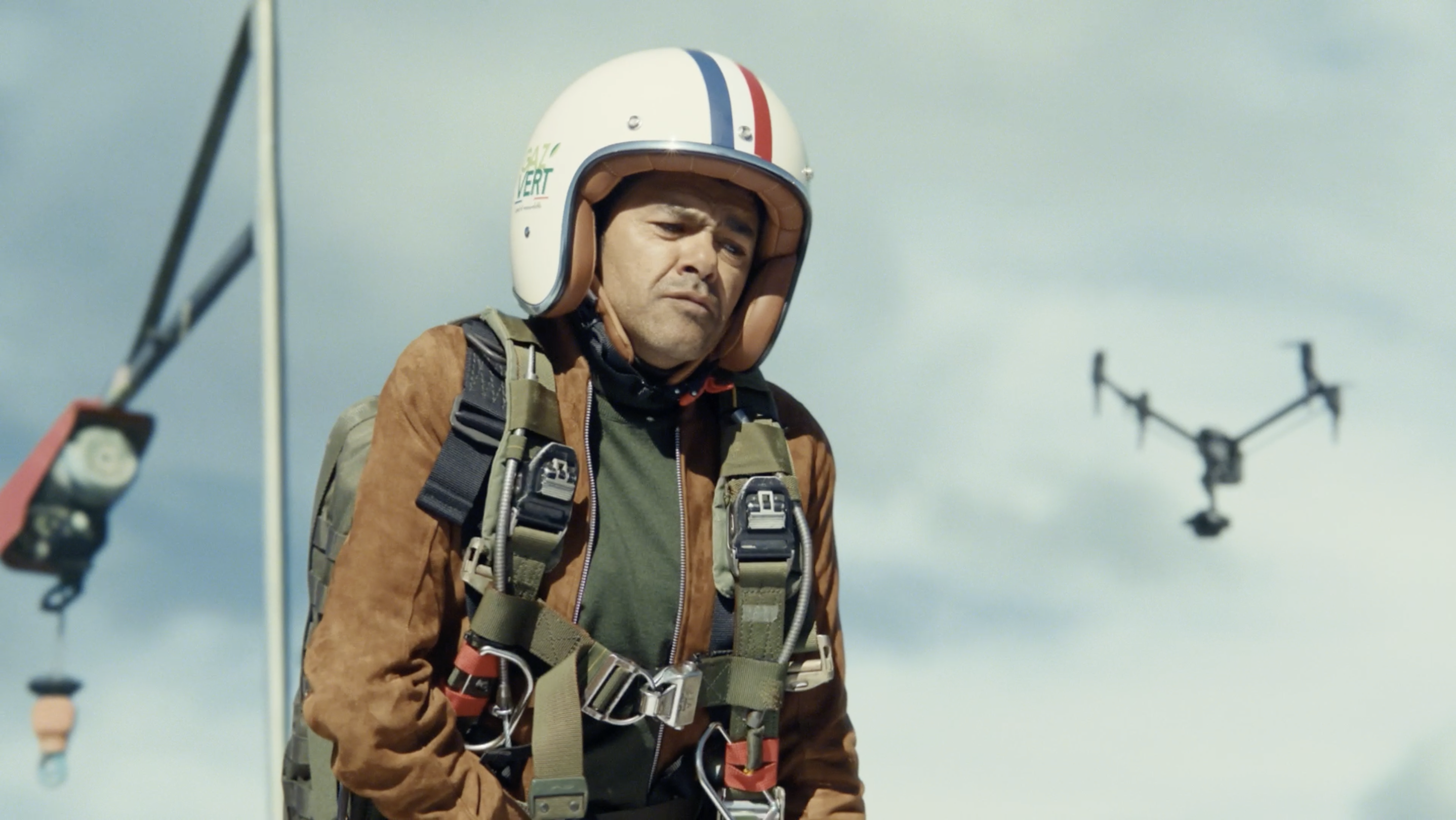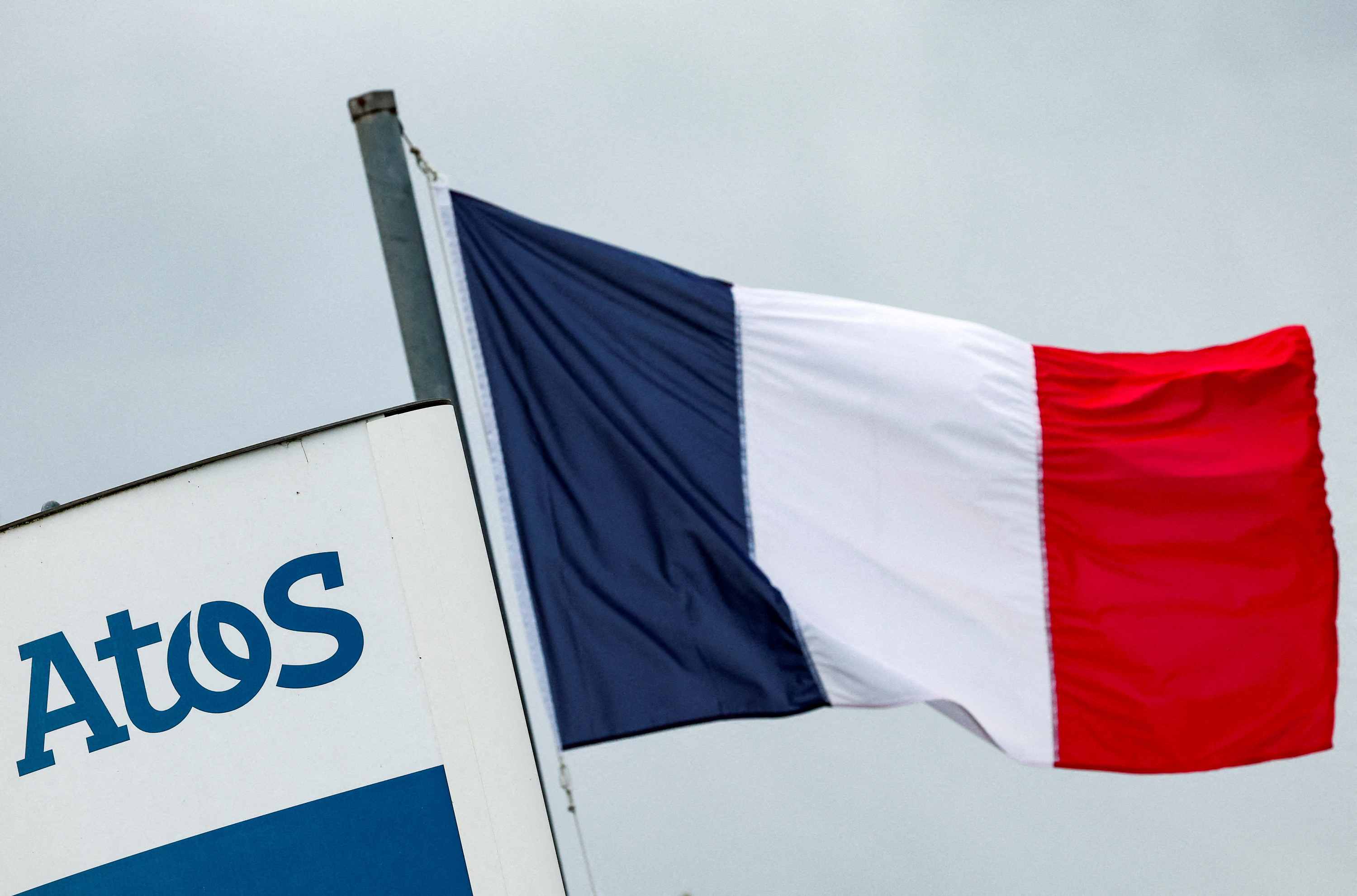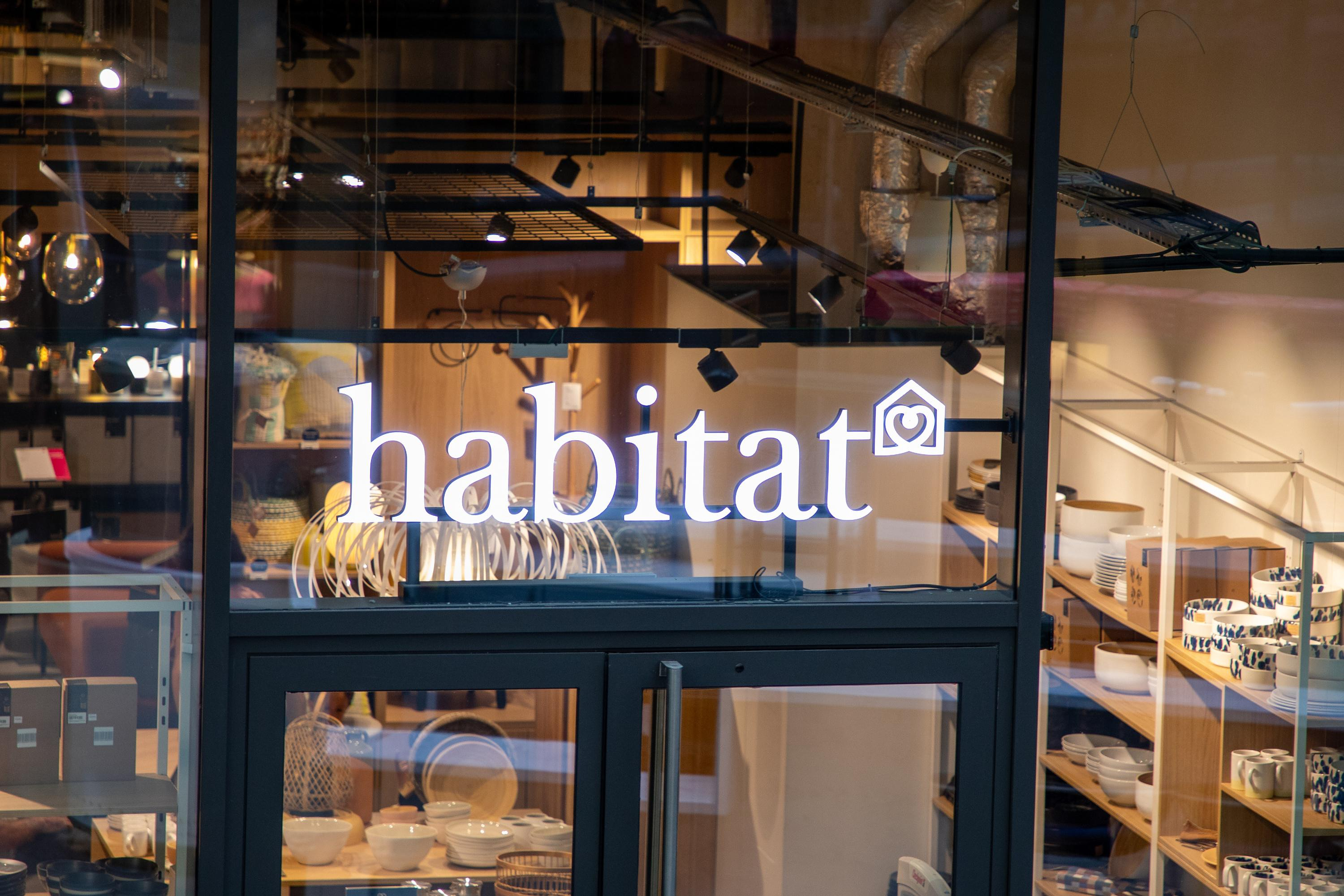This is a second edition in Paris for the art of Paraguay, this little-known country with multiple influences which was built on the traditions of different indigenous peoples and colonizing societies. Few know him! Surrounded by Brazil (north-east), Bolivia (north-west) and Argentina (south-west), this territory of 406,752 km2 (nearly 7.5 million inhabitants) suffered the dictatorship of Alfredo Stroessner, the longest and most terrible of all those in South America. After the 1989 coup, the road to democracy was long and difficult. But Paraguay has turned its wounds into strength. And from its multi-ethnic population was born an incredible diversity which today constitutes its artistic richness, particularly in the fields of ceramics, textiles and graphics.
In this land, as mysterious as it is seductive, there reigns a community of artisans with fierce vital energy and touching poetry, awakening in us this desire to discover something inaccessible. Their work has a beauty that transports us, speaks to our imagination. But everything still needs to be done to get them out of an overly reductive ethnic framework. The boundary between artisans and artists remains blurred. We know it. Some will come out of the hat, others not. This is the law of any emerging market.
Historical events - we remember the war of 1864 with Brazil, Argentina and Uruguay, the three countries linked by the Treaty of the Triple Alliance which decimated its population - have long delayed the emancipation of the Paraguay. His art remained in the shadows, visible only in indigenous art fairs, before being shown in Biennales in South America and entering museums (Moma in New York, Pérez in Miami, Fondation Cartier in Paris). But he still has to find a place in this world of contemporary art governed by a system of galleries and fairs to make himself known internationally.
The arrival of the Minister of Culture, Adriana Ortiz Semidei, formerly head of the Paraguayan Institute of Crafts (IPA) from which she resigned in June 2022, is a sign. Visiting to defend the traditional art of the Poncho to UNESCO, she was there, Friday, to see the hanging of Tekoharte, in a space rented until this evening, Sunday (Pal Project gallery), at 39 de rue de Grenelle (Paris 7th). The name Tekoharte is an association of Tekoha - Guarani word meaning the land that makes us what we are - and of Arte - the art of different ethnic groups who draw their inspiration from the heart of the land where they are rooted. This platform was born as an obvious choice for Patricia Foissac and Marie-Pauline de Longueville, two friends, two strong personalities who each have a special bond for this country and its treasures.
The first has lived there for over 30 years. Her father had a ranch there, and after studying in France, she returned home and sold the property to pursue real estate. The second moved there in 1998 to live there for seven years with her three daughters and returns regularly. She was involved, with her husband, in the management of a livestock property. “The Tekoharte project is close to my heart,” she says, “because it keeps me connected to this endearing country, where I loved the people and life with my whole family. It is imperative to pass on know-how that can be lost.” Today there are 19 indigenous communities, 500 villages, 40,000 artisans including 3,000 ceramists, living exclusively from their art.
“Accessible for hours by 4x4 on tracks, these communities live very remote in areas that are being deforested. For only five years, Paraguay's public policy has been to safeguard, recover and democratize this know-how, whether it be forest fibers made with vegetable dyes or clays fired in earth ovens, by creating schools of backup. And by bringing this craft back to the city, to Asuncion, the capital, so that residents can reclaim their identity,” explains Minister Adriana Ortiz Semidei, coming from the village of Ita where there are 600 women potters.
“In Paraguay, ancestors pass on to their daughters, and they, in turn, to theirs: the secret of clay and the beauty of shapes, shaped by hand. Juana Marta Rodas and her daughter Julia Isidrez are among the most renowned contemporary ceramists in Latin America, explains the Tekoharte duo. Their art combines the Guarani heritage with the Jesuit influences brought by colonization. Both have each developed a personal style and language, coming from the same technique and the same immemorial tradition inherited from their ancestors, their rounded ceramics present unexpected zoomorphic features, moving away from their utilitarian functions to become real sculptures ".
The result is black clay ceramics, modeled with coil, fired in a wood oven, burnished and smoked with mango leaves, in the family home transformed into Casa Museo Juan Marta Rodas. Julia Isídrez (56 years old) and her mother Juana Marta Rodas (died in 2013) are among the best known. Julia made herself known in Paris, at the Maison des Cultures des Mondes, in the Paraguay esquivo exhibition, in 2010 then at the Fondation Cartier in 2013, where her pieces entered the collections thanks to its president Hervé Chandez, who came in Paraguay to see her work in situ.
Julia will be part of the journey of the curator of the Venice Biennale of Contemporary Art in 2024, the Brazilian Adriano Perdosa, 57, artistic director of the Museu de Arte de São Paulo (MASP). Due to his South American origins, this former deputy curator of the São Paulo biennial in 1998 and co-curator of that of 2006, is sensitive to his art. And he has already ordered it. Which inevitably should increase its rating. For the moment, prices, not yet aligned with American ones, according to the wishes of the Akhoarte duo, range from 1,400 euros for a specimen with open-mouthed spines, to 3,000 euros for a wineskin with round breasts, up to 9,000 euros. for the largest sculpture with strange intertwined animals. Those of his student, Jorge Enciso (born in Asunción in 1972) are more accessible, from 600 euros.
Also see the ballpoint pen drawings on paper from the Nivacle community of the central Chaco, whose shadows and contrasts give rise to monochrome black and white works (from 300 euros). And also the tissues of the Nivacle and Manjuy communities coming from the fiber of a plant called Karaguata. The collection of these plants in the Chaco, the extraction of their fiber, the natural dyeing and the braiding have been the exclusive work of women since the beginning. The patterns and colors allow us to identify their ethnicity and geographical origin, thus taking us on a fantastic journey...
www.tekoharte.com

 B:SM will break its investment record this year with 62 million euros
B:SM will break its investment record this year with 62 million euros War in Ukraine: when kyiv attacks Russia with inflatable balloons loaded with explosives
War in Ukraine: when kyiv attacks Russia with inflatable balloons loaded with explosives United States: divided on the question of presidential immunity, the Supreme Court offers respite to Trump
United States: divided on the question of presidential immunity, the Supreme Court offers respite to Trump Maurizio Molinari: “the Scurati affair, a European injury”
Maurizio Molinari: “the Scurati affair, a European injury”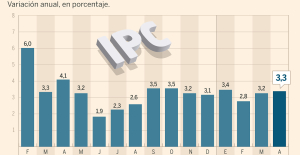 Inflation rises to 3.3% in April and core inflation moderates to 2.9%
Inflation rises to 3.3% in April and core inflation moderates to 2.9% Pedro Sánchez announces that he continues "with more strength" as president of the Government
Pedro Sánchez announces that he continues "with more strength" as president of the Government Irritable bowel syndrome: the effectiveness of low-carbohydrate diets is confirmed
Irritable bowel syndrome: the effectiveness of low-carbohydrate diets is confirmed Beware of the three main sources of poisoning in children
Beware of the three main sources of poisoning in children Relief at Bercy: Moody’s does not sanction France
Relief at Bercy: Moody’s does not sanction France More than 10 million holders, 100 billion euros: the Retirement Savings Plan is a hit
More than 10 million holders, 100 billion euros: the Retirement Savings Plan is a hit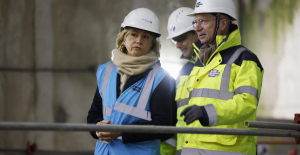 Paris 2024 Olympic Games: the extension of line 14 will open “at the end of June”, confirms Valérie Pécresse
Paris 2024 Olympic Games: the extension of line 14 will open “at the end of June”, confirms Valérie Pécresse Failing ventilators: Philips to pay $1.1 billion after complaints in the United States
Failing ventilators: Philips to pay $1.1 billion after complaints in the United States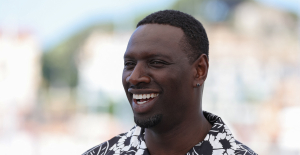 The Cannes Film Festival welcomes Omar Sy, Eva Green and Kore-Eda to its jury
The Cannes Film Festival welcomes Omar Sy, Eva Green and Kore-Eda to its jury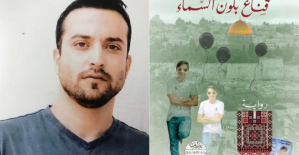 Prisoner in Israel, a Palestinian receives the International Prize for Arab Fiction
Prisoner in Israel, a Palestinian receives the International Prize for Arab Fiction Harvey Weinstein, the former American producer hospitalized in New York
Harvey Weinstein, the former American producer hospitalized in New York New success for Zendaya, tops the North American box office with Challengers
New success for Zendaya, tops the North American box office with Challengers Skoda Kodiaq 2024: a 'beast' plug-in hybrid SUV
Skoda Kodiaq 2024: a 'beast' plug-in hybrid SUV Tesla launches a new Model Y with 600 km of autonomy at a "more accessible price"
Tesla launches a new Model Y with 600 km of autonomy at a "more accessible price" The 10 best-selling cars in March 2024 in Spain: sales fall due to Easter
The 10 best-selling cars in March 2024 in Spain: sales fall due to Easter A private jet company buys more than 100 flying cars
A private jet company buys more than 100 flying cars This is how housing prices have changed in Spain in the last decade
This is how housing prices have changed in Spain in the last decade The home mortgage firm drops 10% in January and interest soars to 3.46%
The home mortgage firm drops 10% in January and interest soars to 3.46% The jewel of the Rocío de Nagüeles urbanization: a dream villa in Marbella
The jewel of the Rocío de Nagüeles urbanization: a dream villa in Marbella Rental prices grow by 7.3% in February: where does it go up and where does it go down?
Rental prices grow by 7.3% in February: where does it go up and where does it go down? Europeans: a senior official on the National Rally list
Europeans: a senior official on the National Rally list Blockade of Sciences Po: the right denounces a “drift”, the government charges the rebels
Blockade of Sciences Po: the right denounces a “drift”, the government charges the rebels Even on a mission for NATO, the Charles-de-Gaulle remains under French control, Lecornu responds to Mélenchon
Even on a mission for NATO, the Charles-de-Gaulle remains under French control, Lecornu responds to Mélenchon “Deadly Europe”, “economic decline”, immigration… What to remember from Emmanuel Macron’s speech at the Sorbonne
“Deadly Europe”, “economic decline”, immigration… What to remember from Emmanuel Macron’s speech at the Sorbonne These French cities that will boycott the World Cup in Qatar
These French cities that will boycott the World Cup in Qatar NBA: young Thunder coach Mark Daigneault named coach of the year
NBA: young Thunder coach Mark Daigneault named coach of the year Athletics: Noah Lyles in legs in Bermuda
Athletics: Noah Lyles in legs in Bermuda Serie A: Dumfries celebrates Inter Milan title with humiliating sign towards Hernandez
Serie A: Dumfries celebrates Inter Milan title with humiliating sign towards Hernandez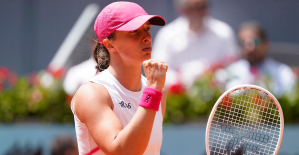 Tennis: no pity for Sorribes, Swiatek is in the quarterfinals in Madrid
Tennis: no pity for Sorribes, Swiatek is in the quarterfinals in Madrid




